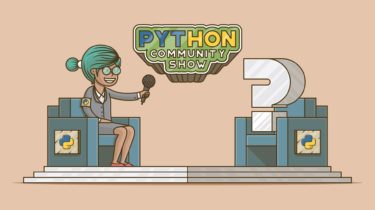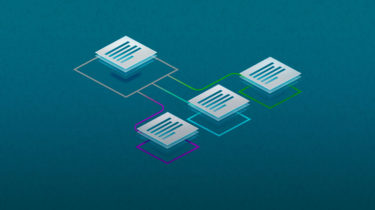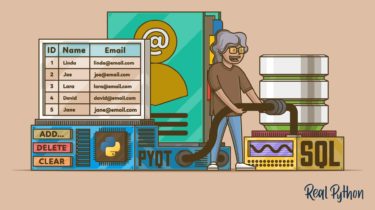Python Booleans: Leveraging the Values of Truth
Understanding how Python Boolean values behave is important to programming well in Python. The Python Boolean type is one of Python’s built-in data types. It’s used to represent the truth value of an expression. For example, the expression 1
Read more


